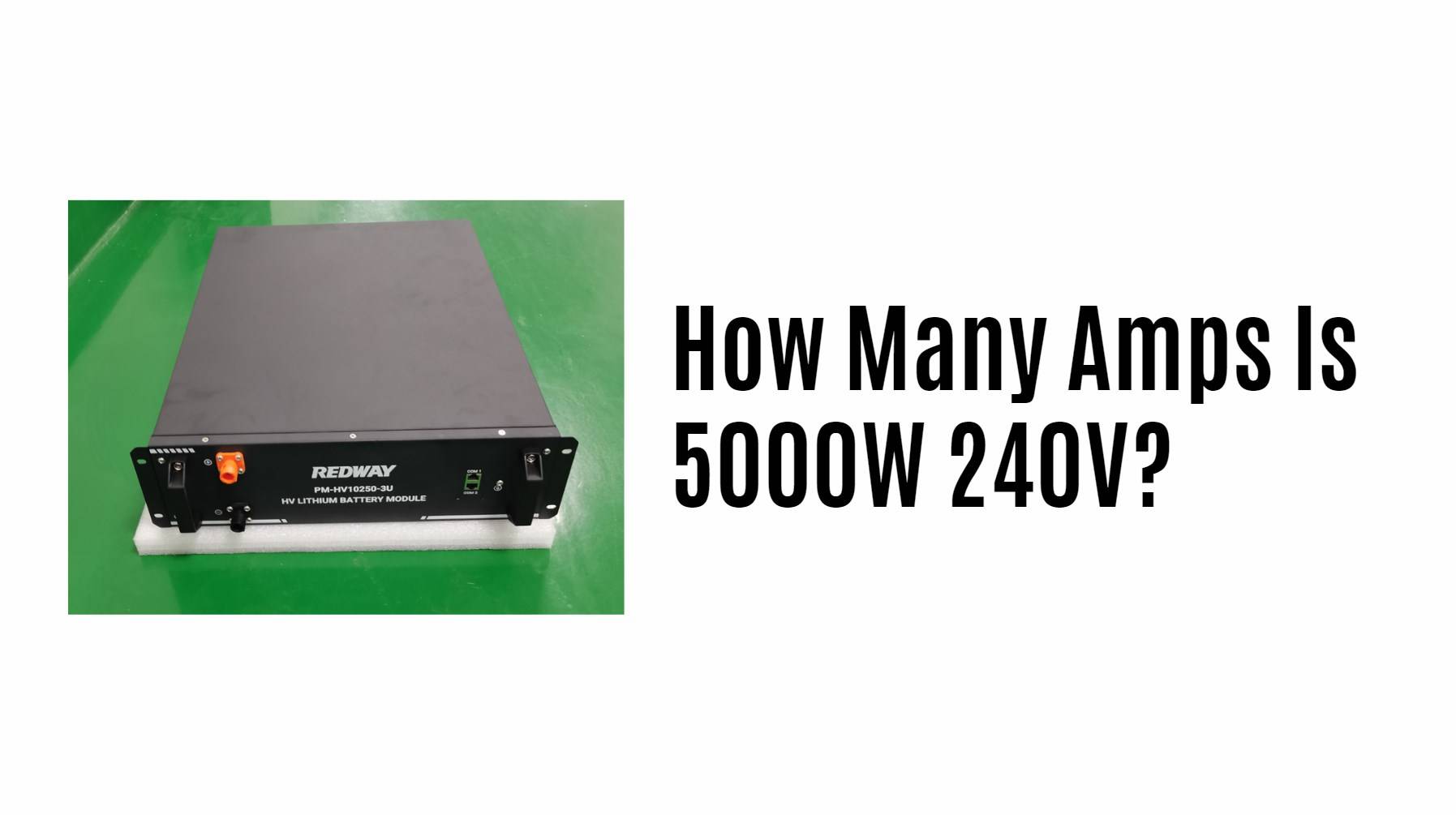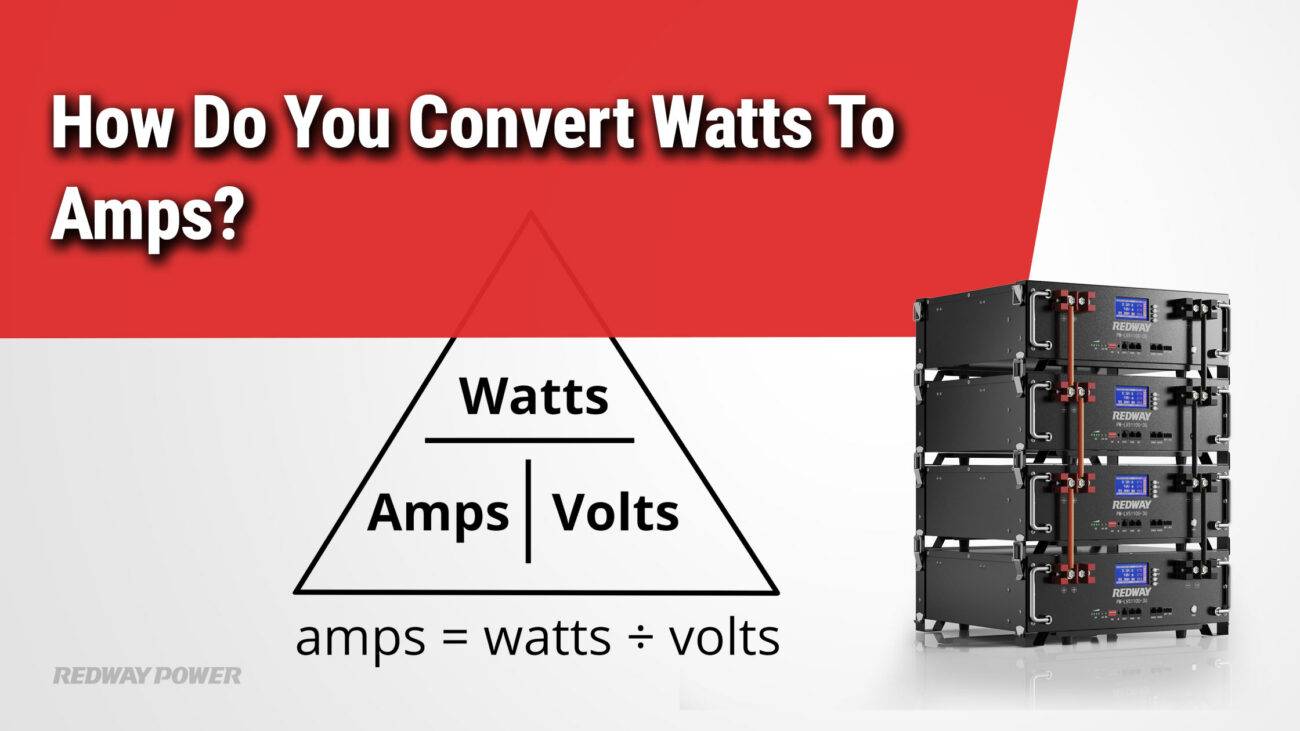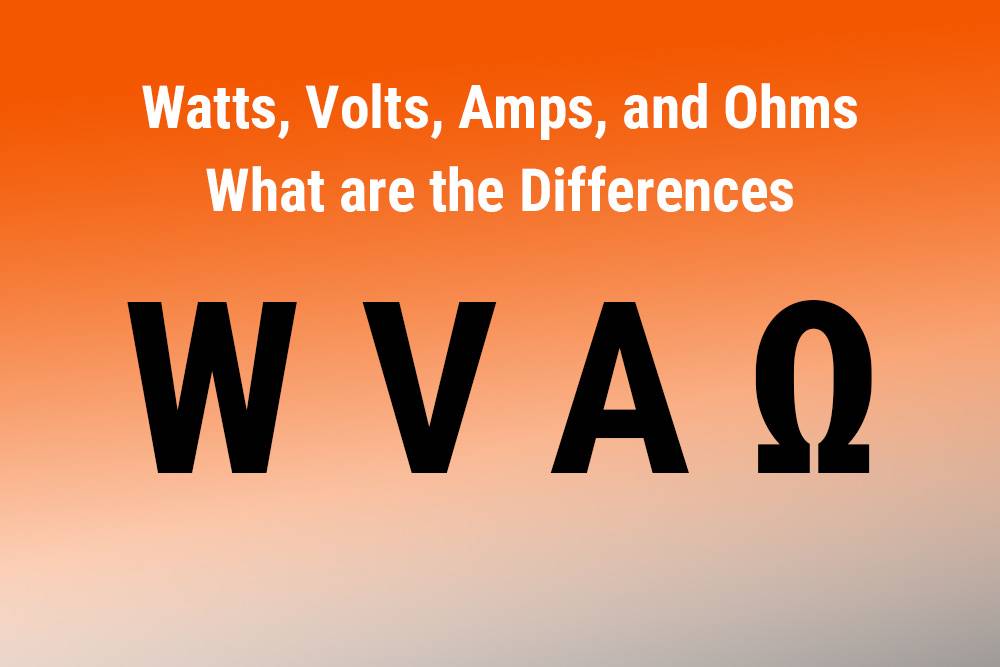Discover the electrifying relationship between watts and amps in this illuminating blog post. Unravel the mystery behind these electrical units and learn how they correlate. Dive into the required amperage for a 5000-watt device operating at 240 volts. Get ready to be pleasantly shocked as we shed light on this captivating topic. Let’s plug in and explore!
Understanding Watts and Amps
Understanding the relationship between watts and amps is crucial for grasping electrical power. Here’s a breakdown to simplify these concepts:
- Watts: This unit measures power, indicating the rate of energy consumption or production. It determines how much work an electrical device can accomplish in a specific time frame. For example, it gauges the brightness of a light bulb or the output of speakers.
- Amps: Amps, short for amperes, quantify electric current flowing through a circuit. It reflects the flow rate of electricity, akin to how water moves through pipes at varying speeds.
In essence, watts and amps work together to define electrical power consumption and distribution. Whether it’s turning on appliances or adjusting lighting, understanding these units helps decipher the dynamics behind electrical devices.
The Relationship between Watts and Amps
Understanding the interplay between watts and amps is crucial in grasping electrical power dynamics. Here’s a breakdown of their relationship:
- Watts: Represents the power consumed by an electrical device or system, indicating the rate of energy transfer or conversion.
- Amps: Measure electric current, signifying the flow of electrons through a conductor.
In essence, amps determine the current flowing through a circuit, while watts quantify the power used by that current. Ohm’s Law, expressed as watts = volts x amps, elucidates their relationship, highlighting that wattage depends on both voltage and amperage.
Converting between watts and amps requires considering voltage. For instance, to find the amperage of a 5000-watt device operating at 240 volts, divide watts by volts (amps = watts / volts) to get approximately 20.83 amps.
Understanding this correlation is vital for ensuring safe operation of high-wattage devices without overloading circuits. Consult an electrician for assistance with installations or when unsure about circuit capacities, considering factors like wire gauge and breaker ratings.
By comprehending the connection between watts and amps, you can navigate electrical systems more effectively and make informed decisions regarding power consumption within safe limits.
Converting Watts to Amps
Converting watts to amps is essential for understanding device power consumption. Here’s a guide on how to do it:
- Know your numbers: Gather the wattage rating of your device and its voltage. This information is crucial for accurate conversion.
- Apply the formula: Divide the wattage by the voltage. For example, for a 5000-watt device operating at 240 volts, divide 5000 by 240 to get approximately 20.83 amps.
- Consider real-world factors: Keep in mind that this calculation assumes ideal conditions without energy loss. In reality, factors like resistance or reactance in circuits may affect the result.
- Safety first: Certain high-wattage devices may require dedicated circuits with specific amp ratings for safety. Consult with an electrician to ensure compliance with codes and prevent overloading circuits.
By understanding and applying these steps, you can accurately determine the amperage of your devices, ensuring safe operation and preventing electrical hazards.
Finding the Amp Rating of a 5000 Watt 240v Device
Calculating the amp rating for a high-powered device operating at 5000 watts and 240 volts is straightforward:
- Gather your data: Note the wattage (5000 watts) and voltage (240 volts) of the device.
- Apply the formula: Divide the wattage by the voltage. In this case, 5000 watts divided by 240 volts equals approximately 20.83 amps.
- Consider real-world factors: Remember that this calculation assumes ideal conditions. Factors like wiring resistance or voltage fluctuations may slightly affect the actual amp draw.
- Prioritize safety: Ensure your electrical system can safely accommodate the device’s amp draw. Use appropriate circuit breakers and provide adequate ventilation to dissipate heat.
With these steps, you can accurately determine the amp rating of your device and make informed decisions about its usage within your electrical system.
Safety Precautions for High-Wattage Devices
When dealing with high-wattage devices, prioritizing safety is paramount. Here are essential precautions to consider:
- Ensure Proper Wiring: Have adequate wiring and circuit breakers to handle the load and prevent overheating or fires.
- Use Surge Protectors: Invest in quality surge protectors to shield against voltage spikes and fluctuations.
- Provide Ventilation: Allow space around devices for proper ventilation to dissipate heat and prevent overheating.
- Perform Regular Maintenance: Keep devices clean and inspect cords, plugs, and outlets for wear or damage to avoid electrical hazards.
- Follow Manufacturer Guidelines: Read and adhere to the manufacturer’s safety recommendations and usage instructions.
- Avoid Overloading Circuits: Refrain from connecting multiple high-power devices on a single circuit to prevent tripped breakers or fire hazards.
Adhering to these precautions ensures the safe operation of high-wattage devices and minimizes associated risks.
Other Factors to Consider When Calculating Amperage
Understanding the relationship between watts and amps is crucial when dealing with high-wattage devices. However, there are additional factors to consider when calculating amperage. Let’s explore these factors:
1. Efficiency: The efficiency of the device impacts how much power it consumes. Devices with lower efficiency ratings may require more amps to produce the same output as more efficient ones.
2. Power Factor: Consider the power factor of the device, which affects its amp draw. Devices with a low power factor draw more current, even if their wattages are similar to those with a higher power factor.
3. Reactive Loads: Some equipment, like motors or fluorescent lights, have reactive loads. These devices require an extra surge of current when starting up, which can affect amp calculations.
4. Circuit Capacity: Keep in mind your home electrical circuit’s capacity limit, typically 15-20A per circuit breaker in North America. Ensure your total load doesn’t exceed this to avoid tripping breakers or causing electrical issues.
By considering these factors alongside the basic watt-to-amp conversion formula, you can accurately estimate the amp requirements for high-wattage devices. Always prioritize safety and consult a professional electrician if needed to ensure safe operation.





